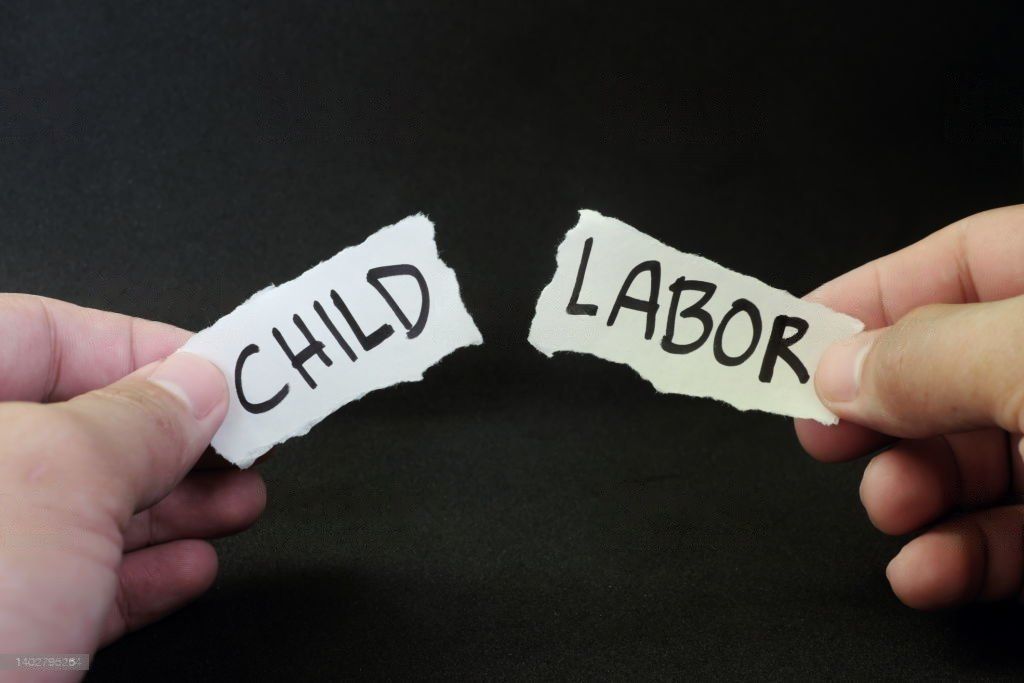Tu Rinsche’s Deep Dive on Cocoa with its Long-standing, Widespread Child Labor
Please see this excellent primer on child labor in cocoa policy from Tu Rinsche, who has approached child labor policy from numerous perspectives—including federal agency, corporate, and NGO. Read it here on Substack or below.
Human Rights Deep Dive: Cocoa
Why Business Must Lead on Ending Child Labor and Forced Labor in the Cocoa Supply Chain
That personal indulgence, though delightful, has a guilty taste each time I take a bite. As someone who has professionally focused on human rights and supply chain issues, I know a lot more than the average person about where commodities come from and how they are produced. And like many of us, I still indulge.
For example, I know that much of the world’s cocoa production is tainted by child labor and forced labor. Despite decades of awareness and effort, these abuses remain alarmingly widespread—especially in West Africa, home to the majority of the world’s cocoa supply.
In January 2007, I traveled to Ghana and Côte d’Ivoire to gain a deeper understanding of the complexities surrounding cocoa production. My goal was twofold: meet with government officials to explore opportunities for partnership, and visit cocoa-producing communities, farmers, traders, and civil society organizations to hear directly from those on the ground about what could be done to address the worst forms of child labor in the sector.

Tu Rinsche
A few months after that trip, I helped organize a key multistakeholder dialogue, reflecting on the insights I had gained. The meeting brought together the governments of Ghana and Côte d’Ivoire, creating a structured space to discuss gaps, share perspectives, and identify actionable steps to address child labor in the cocoa supply chain. The atmosphere was formal, like walking into a high-stakes board meeting for the first time, but by the end of the session there was a clear, shared acknowledgment of the challenge, an important milestone in building consensus among stakeholders. For anyone who has worked in public policy, achieving that kind of consensus is no small feat. This initial dialogue laid the groundwork for a follow-up event a year later, co-hosted with the Belgian government and expanding engagement to include the German and Brazilian governments, as well as representatives from other cocoa-producing nations.
I could not have undertaken this work without the relentless efforts of those who came before me and continue to fight for change today. Over the years, I have read countless reports, watched numerous documentaries, followed new initiatives, attended regular Child Labor Coalition meetings in D.C., and spoken with scores of people—all of which have shaped my understanding of what it truly takes to tackle child labor and forced labor in cocoa.
After decades of global attention, one question remains pressing: why hasn’t more progress been made? What is holding us back? Certification schemes, voluntary standards, and awareness campaigns have raised visibility, but persistent abuses show that visibility alone is not enough.
Chocolate should bring joy, not the weight of exploitation. I believe wholeheartedly that companies can make an incredible difference to eliminate child labor in the cocoa supply chain and that the business world has the influence, resources, and innovation to turn this vision into reality. The opportunity is clear. Leadership in responsible cocoa sourcing is not just good ethics, it is good business.
What Child Labor and Forced Labor Look Like in Cocoa
According to the U.S. Department of Labor’s International Labor Affairs Bureau (ILAB) 2024 List of Goods Made with Child Labor and Forced Labor, cocoa remains deeply entangled with exploitative human rights practices. The report identifies cocoa as being:
- Produced with child labor in six countries (Cameroon, Cote d’Ivoire, Ghana, Guinea, Nigeria, and Sierra Leone)
- Produced with forced labor in two countries (Cote d’Ivoire and Nigeria)
- Produced with forced child labor in two countries (Cote d’Ivoire and Nigeria)
Beyond raw cocoa beans, the report also points to downstream products—such as chocolate, cocoa butter, cocoa paste, and cocoa powder—originating from countries where labor risks are documented. This means that businesses across the value chain, from manufacturers to retailers, face exposure to child and forced labor risks in the products they source and sell.


